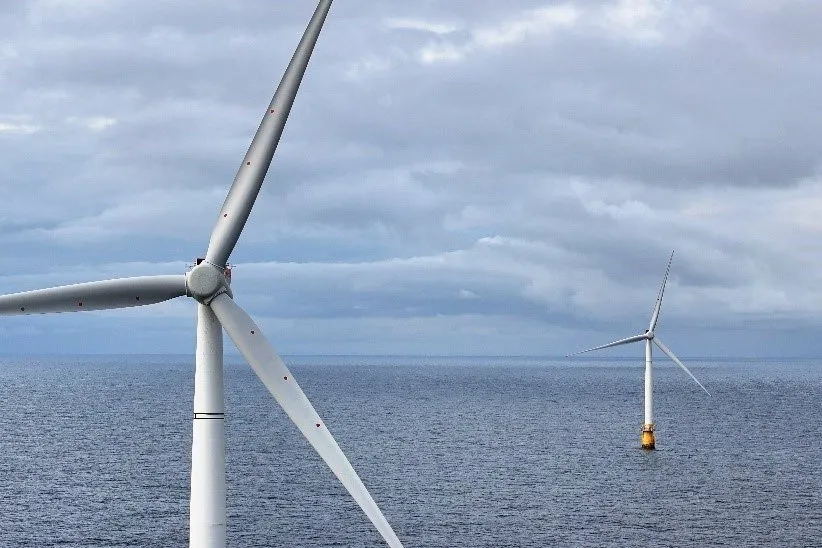'eBay-style' huge UK floating wind round moves to final stage
Crown Estate has been busy carrying out extensive de-risking work for Celtic Sea projects in leasing round, partly in light of global challenges floating wind sector is facing

Developers are gearing up for an ‘eBay-style’ auction for 4.5GW of floating wind capacity in the UK after Britain’s seabed landlord, The Crown Estate, invited select projects through to the final stage of its Celtic Sea leasing round.
The Crown Estate has finished evaluating proposals from the first stage of its Offshore Wind Leasing Round 5 in the Celtic Sea, with successful bidders invited to enter an auction for three 1.5GW sites that will take place in the coming months.
Winning bidders are then expected to sign lease agreements this summer, with the hope that projects could ultimately come online in the early 2030s.
Bringing 4.5GW of capacity through the tender will not only be a boon to the energy transition, said Jaspert, but also in ensuring that Wales, southwest England and the UK generally are “really at the forefront of floating wind as an emerging global industry.”
Research published last year by The Crown Estate showed that these new wind farms could support the creation of more than 5,000 jobs and deliver a £1.4bn ($1.81bn) boost to the economy, with further opportunities through the supply chain.
Energy secretary Ed Miliband said: “The UK is a world leader when it comes to floating offshore wind, and by unlocking the untapped potential of the Celtic Sea we will reap the benefits of economic growth and thousands of jobs in Wales and the South West”.
“More floating turbines in our waters means more clean, homegrown power that we control, delivering energy security for families and businesses.”
Given this will be one of the first times floating wind has been deployed at scale, and is also taking place in a new area, The Crown Estate has taken several steps to derisk projects ahead of time.
That has included partnering with the UK’s grid operator, NESO, to make Round 5 the first offshore wind leasing round to come to market with an agreed design for connecting the new wind farms to the UK energy grid.
The Crown Estate has also invested in a programme of technical and environmental marine surveys around the planned wind farm sites; and is allowing bidders to deliver their projects in smaller phases to manage potential supply chain constraints.
It has also already carried out the habitats regulation assessment to ensure potential impacts on nature are considered alongside spatial design.
Floating wind globally has endured a difficult time in recent years, with supply chain pressures, interest rates and inflation all working against the burgeoning sector. It’s because the market has seen “a lot of risks” that The Crown Estate has worked hard to create an “enhanced de-risked proposition,” said Jaspert.
The upcoming auction will employ an “ascending clock” system, with prices escalating from an opening value. “It’s like an eBay auction,” said Jaspert, with prices moving up in each round – so each developer and consortium is only paying “exactly as much as they want.”
As part of their bid proposals, the bidders have set out which ports they intend to work with to mount the floating platforms before towing them out to sea, including the Port of Swansea and Port Talbot.
Richard Ballantyne, CEO of the British Ports Association, said floating offshore wind will “bring jobs and prosperity to UK shores, whilst moving us closer to net zero. Ports are critical to securing the social and economic benefits of the energy transition and we welcome this step forward in making floating wind a reality in UK waters.”
(Copyright)